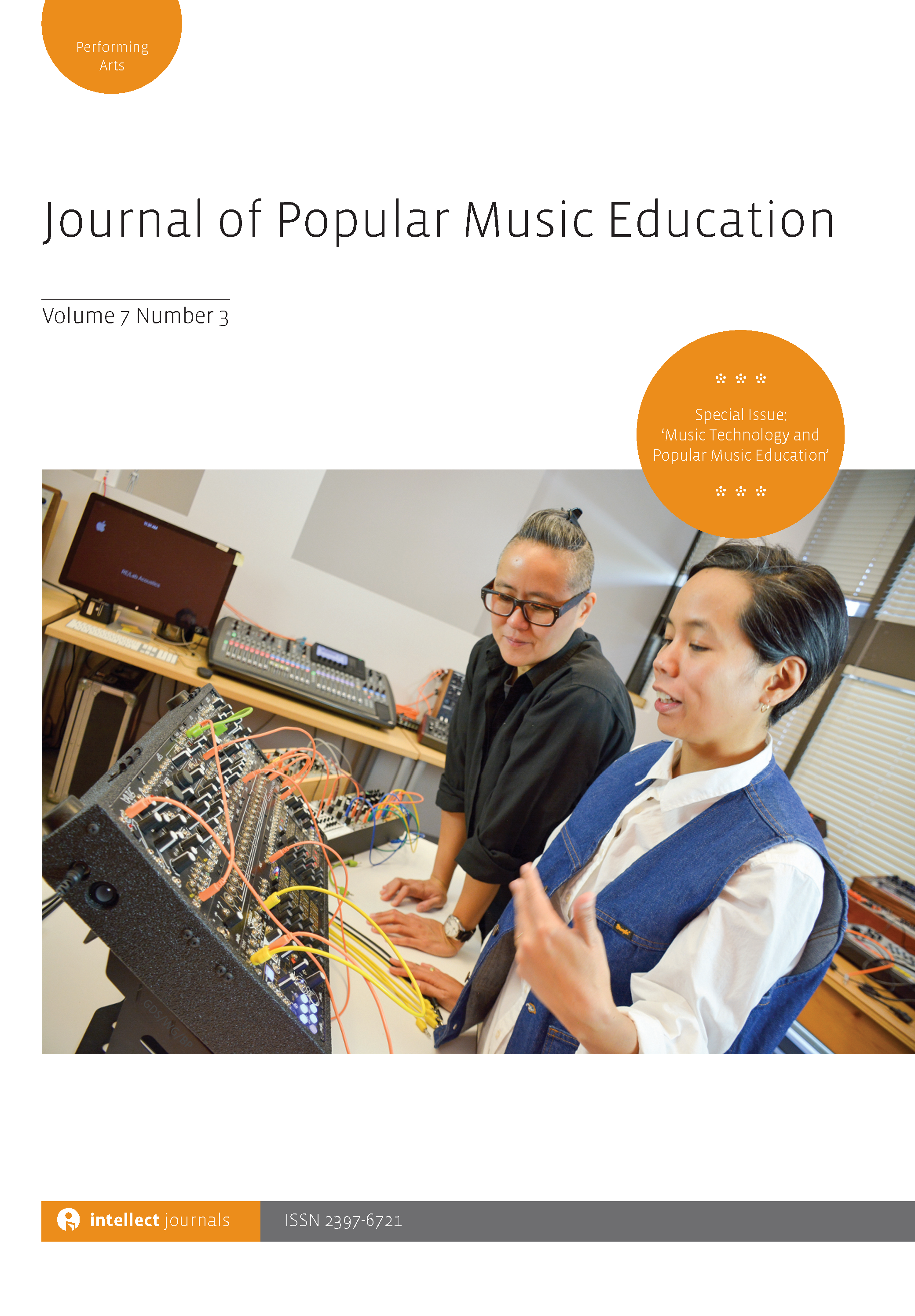
Full text loading...

Beginning with a description of música Mexicana’s rising stars, Yahritza y Su Esencia, a ‘family band’ of young Mexican American musicians, we suggest that school music educators become more informed of the musical interests, involvements and learning styles of Mexican American students at home, within their families and in the communities that surround them. Yahritza’s trademark sierreño style is described and contextualized in light of other notable genres such as mariachi, música nortena, son jarocho, banda, grupera and trap corridos. The phenomenon of family bands within Mexican American communities is explored as a means of children’s musical enculturation away from school, juxtaposed with a history of exclusion of Mexican American students from school music opportunities. The article addresses limitations of the American model of school music programmes, including (1) the need for opportunities for Mexican American (and other) populations to access meaningful musical education experiences, and (2) the gap between the music genres offered within the curriculum and those that Mexican American (and other) students experience at home and within their communities. Even as we acknowledge and applaud the presence of family bands and other strong music community music practices among Mexican Americans, we call for a national initiative among music educators to ensure that the music which students learn in school is at least germane to students’ home experiences.